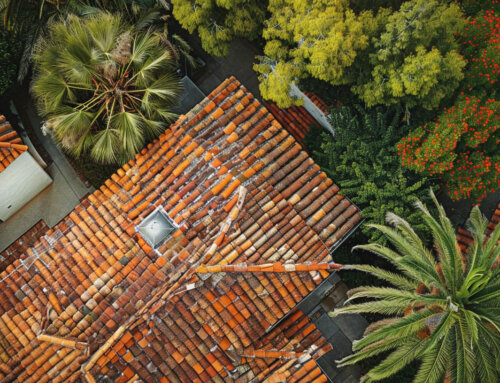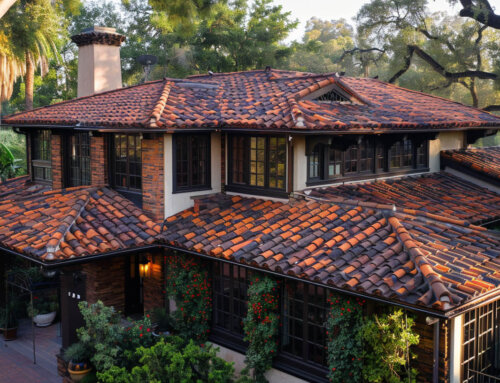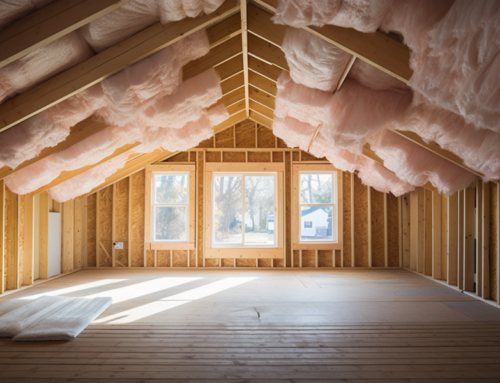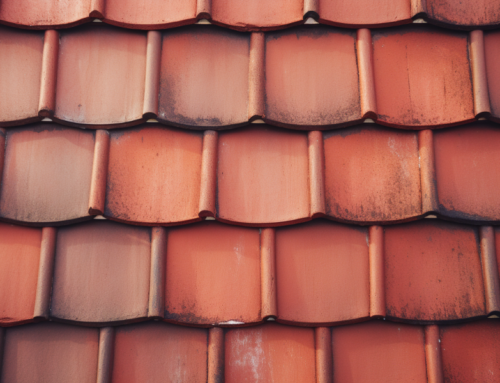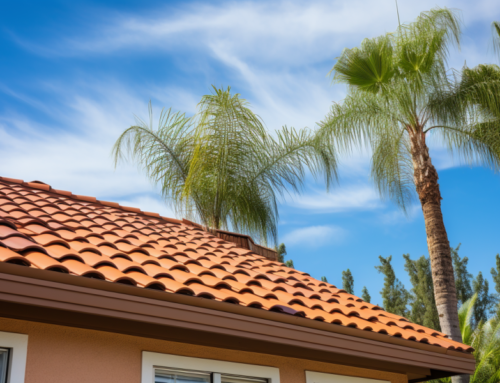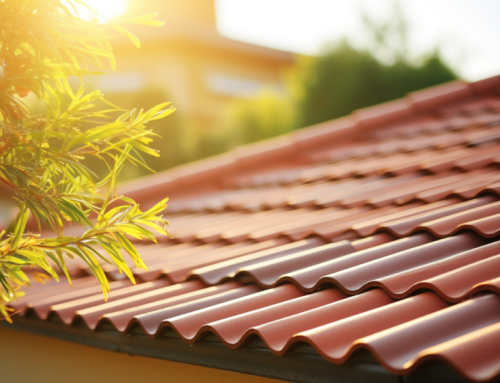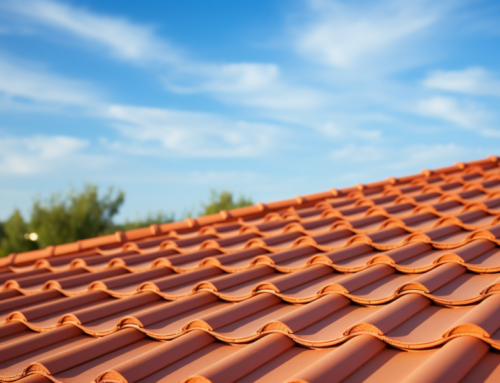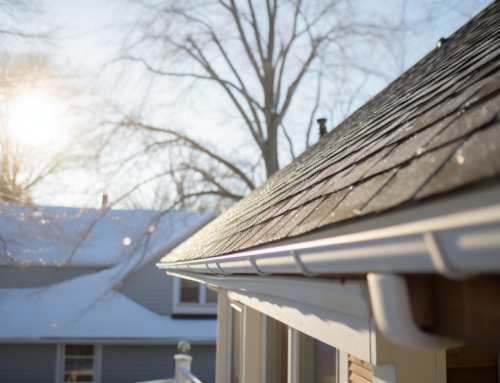In the realm of commercial roofing, the manner in which the roof is attached can significantly influence its durability, efficiency, and lifespan. San Diego County Roofing & Solar, a renowned name in the sector, offers insights into the predominant methods used for affixing single-ply commercial roofs. Let’s delve deeper into each methodology.
Weighted Ballast Systems: Anchoring Through Heaviness
Weighted ballast systems are adaptable and suitable for a myriad of structures, as long as the foundational structure and roof base can support the extra weight. The implementation involves:
- Layering the roof base with sheets of loose insulation.
- Introducing EPDM roof membrane sheets, ensuring the seams are meticulously sealed.
- Fortifying all edges and entry points.
- Distributing washed river rock or specific pavers to anchor the insulation and EPDM roofing structures, ideal for vast open spaces like storage facilities.
Advantages of Weighted Ballast Systems:
- Economically viable
- Minimized seams due to expansive EPDM panels
- Swift setup process
- Enhanced resistance to fire hazards
- Sturdy protection against environmental wear and hail impact
Secure Mechanical Systems: Featherlight Yet Firm
Mechanical roofing systems, in contrast to weighted ballast systems, don’t impose extra weight on a building. This approach is apt if the roof base exhibits adequate resistance to the pull-out force of fasteners. The methodology encompasses:
- Positioning insulation layers on the roof base, anchored securely with specialized plates and fixtures.
- Introducing single-ply (EPDM, TPO, or PVC) roof membrane panels.
- Affixing the membrane and insulation to the base, predominantly within the seams of the overlapping membrane. While EPDM methodologies utilize seam tape, TPO or PVC membranes are melded by fusing the seams.
Advantages of Secure Mechanical Systems:
- Dependable and steadfast
- Malleable to diverse needs
- Featherlight, ensuring structural integrity
Bonded Adhesive Systems: Fused for Fortitude
Bonded adhesive roofing methodologies employ specialized glues to fuse the membrane to the appropriate substrata, typically insulation, which is mechanically anchored to the deck. The procedure involves:
- Positioning insulation sheets on the roof structure, either glued or mechanically anchored to the roof base.
- Overlaying with the membrane, applying adhesive to both its lower surface and the insulation.
- Merging adjacent sheets and binding them, followed by fortifying the roof’s edges with protective flashing.
Advantages of Bonded Adhesive Systems:
- Resilient and enduring
- Adaptable to a range of architectural designs
- Featherlight with superior resistance to wind forces
San Diego County Roofing & Solar: Pioneers in Excellence
Choosing the appropriate attachment strategy is pivotal for the optimal performance and longevity of your commercial roof. San Diego County Roofing & Solar, a standout among San Diego roofing companies, ensures each project is handled with unparalleled expertise and precision. Rely on us for informed guidance tailored to your commercial roofing endeavors.



